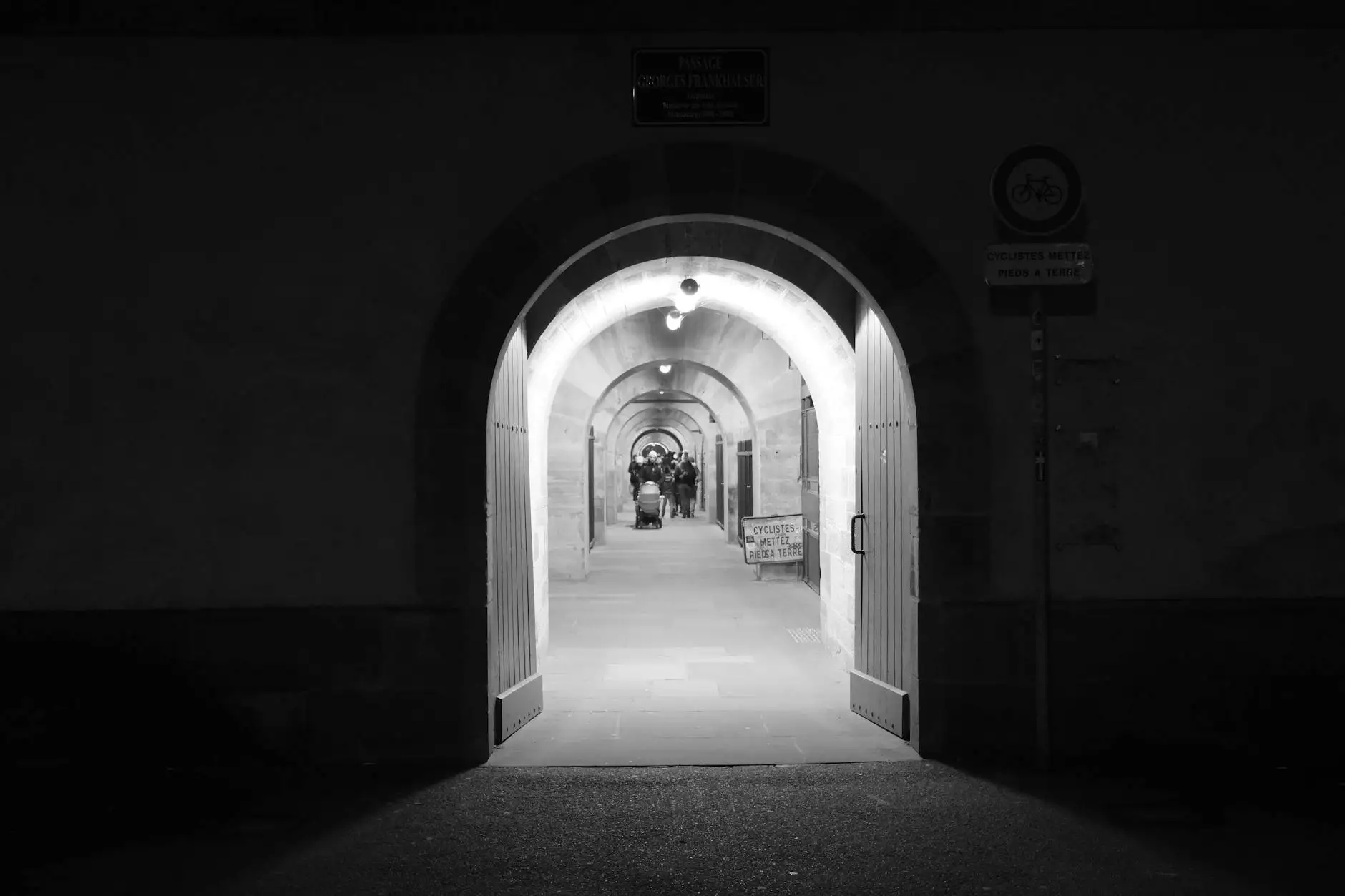The Evolution of Healthcare in the 18th Century
Services
The 18th century marked a significant period in the history of healthcare, witnessing remarkable advancements and challenges in medical practices. Let's delve into five intriguing aspects of healthcare during this era.
1. Medical Knowledge and Practices
During the 18th century, medical knowledge expanded with the emergence of universities offering medical education. Physicians began to acquire a deeper understanding of anatomy, leading to improved diagnostic and treatment methods. However, healthcare practices were still primitive compared to modern standards, with treatments often involving herbal remedies, bloodletting, and crude surgical techniques.
2. Healthcare Institutions
Hospitals in the 18th century were primarily reserved for the poor and marginalized members of society, with limited access to quality care for the general population. Medical care was often provided by charitable organizations or religious institutions, and hospitals lacked proper sanitation practices, leading to high mortality rates from infections.
3. Medical Innovations
Despite the challenges, the 18th century witnessed significant medical innovations that laid the foundation for modern healthcare. Anesthesia was discovered in the form of ether and chloroform, revolutionizing surgical procedures. The development of smallpox vaccination by Edward Jenner also marked a breakthrough in preventive medicine.
4. Healthcare Challenges
Healthcare in the 18th century faced numerous challenges, including limited understanding of infectious diseases and poor public health infrastructure. Epidemics such as cholera and typhoid ravaged communities, leading to high mortality rates. Medical practitioners struggled to cope with the demand for healthcare amidst resource constraints and societal stigma.
5. Societal Perspectives on Health
Societal attitudes towards health and illness in the 18th century were influenced by superstitions and traditional beliefs. Medical practitioners were often viewed with skepticism, and alternative healing methods such as herbalism remained popular among the general population. The role of women in healthcare also evolved during this period, with some making significant contributions to medical research and practice.
Exploring the healthcare landscape of the 18th century provides valuable insights into the historical context of modern medicine. Despite the limitations and shortcomings of that era, it laid the groundwork for the advancements that shape healthcare practices today.
Conclusion
As we reflect on the evolution of healthcare in the 18th century, we gain a deeper appreciation for the progress achieved in the field of medicine. By understanding the challenges and innovations of that era, we can better comprehend the complexities and achievements of modern healthcare systems.
Explore the rich tapestry of 18th-century medical history with SEO Studios, your guide to the fascinating world of healthcare evolution.









